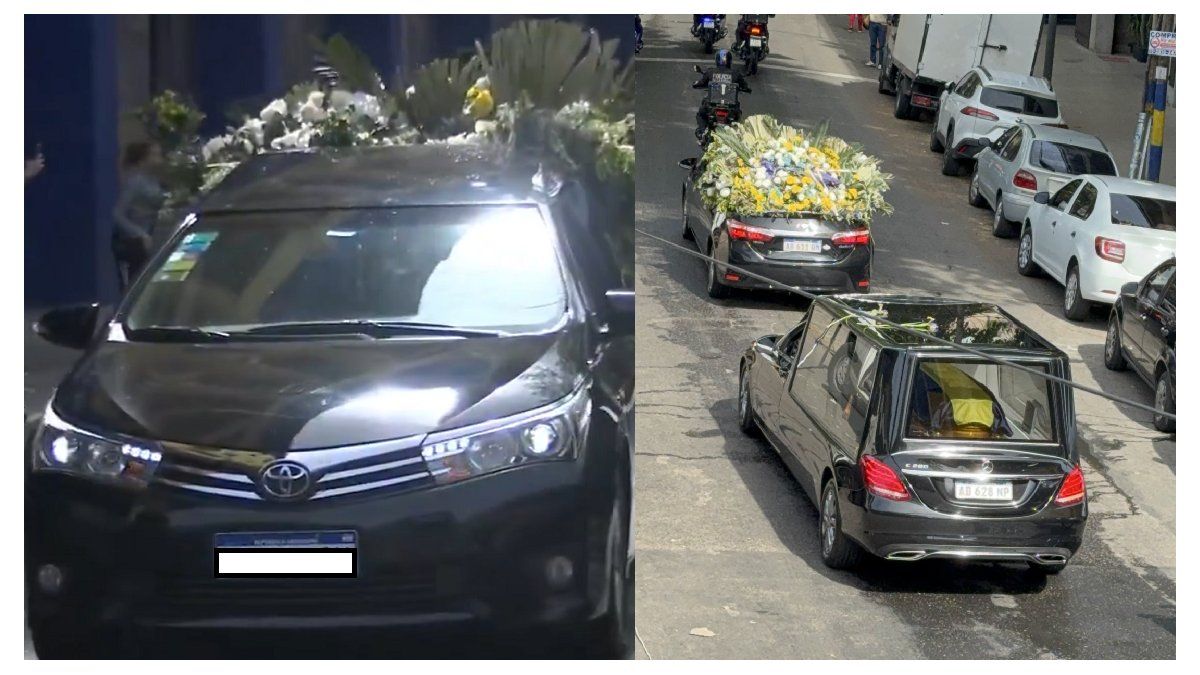For days, South Africa has been rocked by protests and looting. The government is now mobilizing 25,000 more soldiers to hunt down the looters. Everyday things like gasoline. Medicines and food are becoming scarce.
With one of the largest military operations in its young democracy, South Africa wants to curb the violence that has been going on in parts of the country for days. According to government reports, 212 people were killed in the looting and riots – many more were injured. The death toll could rise even further, the minister in the presidential office, Khumbuzo Ntshaveni, announced on Friday.
Despite further isolated attacks, especially in the coastal province of Kwazulu-Natal, the situation has now been largely brought under control by the military, so that important traffic axes are reopened. “The situation in the two provinces is gradually but surely returning to normal,” said Ntshaveni. In total, there have been more than 2,500 arrests so far. President Cyril Ramaphosa had approved the mobilization of another 25,000 soldiers in addition to the 5,000 military personnel already stationed. 10,000 had already been stationed on Thursday, said Minister Ntshaveni.
The trigger for the protest was the imprisonment of ex-President Zuma
The protests were triggered by the imprisonment of ex-president Jacob Zuma. A week ago, Zuma, a native of Kwazulu-Natal Province on the east coast, was sentenced to 15 months for disregarding the judiciary. The protests quickly developed into large-scale riots.
Kwazulu-Natal and the metropolitan area around the cities of Johannesburg and Pretoria (Gauteng Province) are particularly hard hit by the violence. The government mobilized the military because the police outnumbered the looters. Neighborhood groups and civil vigilante groups are now forming. The influential taxi companies are now also trying to prevent attacks on important infrastructure. They were also directed against clinics, drug stores and even schools.
The attacks decreased noticeably on Thursday. According to Ntshaveni, six more attacks were recorded in Gauteng Province. In the province of Kwazulu-Natal, the number of more than 100 attacks fell to around 30. In many places, the clean-up work is already beginning. Initial estimates assume damage in the hundreds of millions and 20,000 jobs destroyed. The government wants to set up a fund for reconstruction, in which, according to Ntshaveni, industry and the private sector should now also participate.
President Ramaphosa: “We Will Not Allow Anarchy”
According to President Ramaphosa, the days of protests and looting were coordinated by backers. In a shopping center in the port city of Durban secured by three army tanks, he condemned the violence on Friday as an attack on democracy. “It is obvious that all of these incidents and looting were instigated; there were people who planned them, who coordinated them,” said the 68-year-old. As a result, some have been identified. You are wanted. “We will not allow anarchy and unrest in our country,” he said.
Looking at the number of victims, the situation could have turned out worse, said Ramaphosa. “Yes, we could have been better, but we were overwhelmed by the situation.” The main goal of the police was to avoid further loss of life. The aim of the unnamed backers was to destabilize the economy, said Ramaphosa. Contrary to what has been assumed, the violence is not ethnic.
The action is considered to be one of the largest military operations since 1994, when there were free elections for all in South Africa for the first time after the end of apartheid. All available reservists received marching orders. Defense Minister Nosiviwe Mapisa-Nqakula had informed parliament about the operation the evening before. In the Alexandra township near Johannesburg, the armed forces chief, General Rudzani Maphwanga, warned after the demonstrative landing of a heavy transport helicopter: “We will answer violence with violence; we will not allow any economic sabotage.”
Long lines for food and gas
After days of protests and looting, the supply bottlenecks worsen. One problem is the blocking of important transport routes, warned consumer organizations on Friday. Even the flour for the bakeries is becoming scarce. Refinery closures in Durban in the south-east of the country resulted in long lines in front of the few open gas stations. After fighting over the scarce gasoline, soldiers secured the place. The aerial photographs also showed long queues of more than a hundred meters in front of the grocery stores that were still open. The government warned against buying hamsters and temporarily banned the purchase of gasoline in cans.
Since drug stores and clinics have also been looted in Kwazulu-Natal, medicines are also in short supply. According to information from the dairy organization Sampro, farmers have to destroy their milk because it cannot be transported from the stables.
Police Minister Bheki Cele announced in the Durban’s suburb of Phoenix house searches in the affected areas, which had started in the Gauteng province around Johannesburg. “In a lot of households, in a lot of houses in South Africa, it’s going to be pretty tough because we’re going to come in and ask for receipts,” he said. The previous evening he had announced the discovery of tens of thousands of live ammunition nearby. He told TV channel Newzroom Africa: “Some people are preparing for war.” It is wrong for people to plunder just out of hunger – some also armed themselves. “A dangerous situation,” he said.
According to official information, 15 people were killed in tension with the Indian population in Durban’s suburb of Phoenix – Cele spoke of “ugly scenes”. But he denied that it was racist attacks, but spoke of criminals. Durban has had a strong Indian population since colonial times.
David William is a talented author who has made a name for himself in the world of writing. He is a professional author who writes on a wide range of topics, from general interest to opinion news. David is currently working as a writer at 24 hours worlds where he brings his unique perspective and in-depth research to his articles, making them both informative and engaging.




